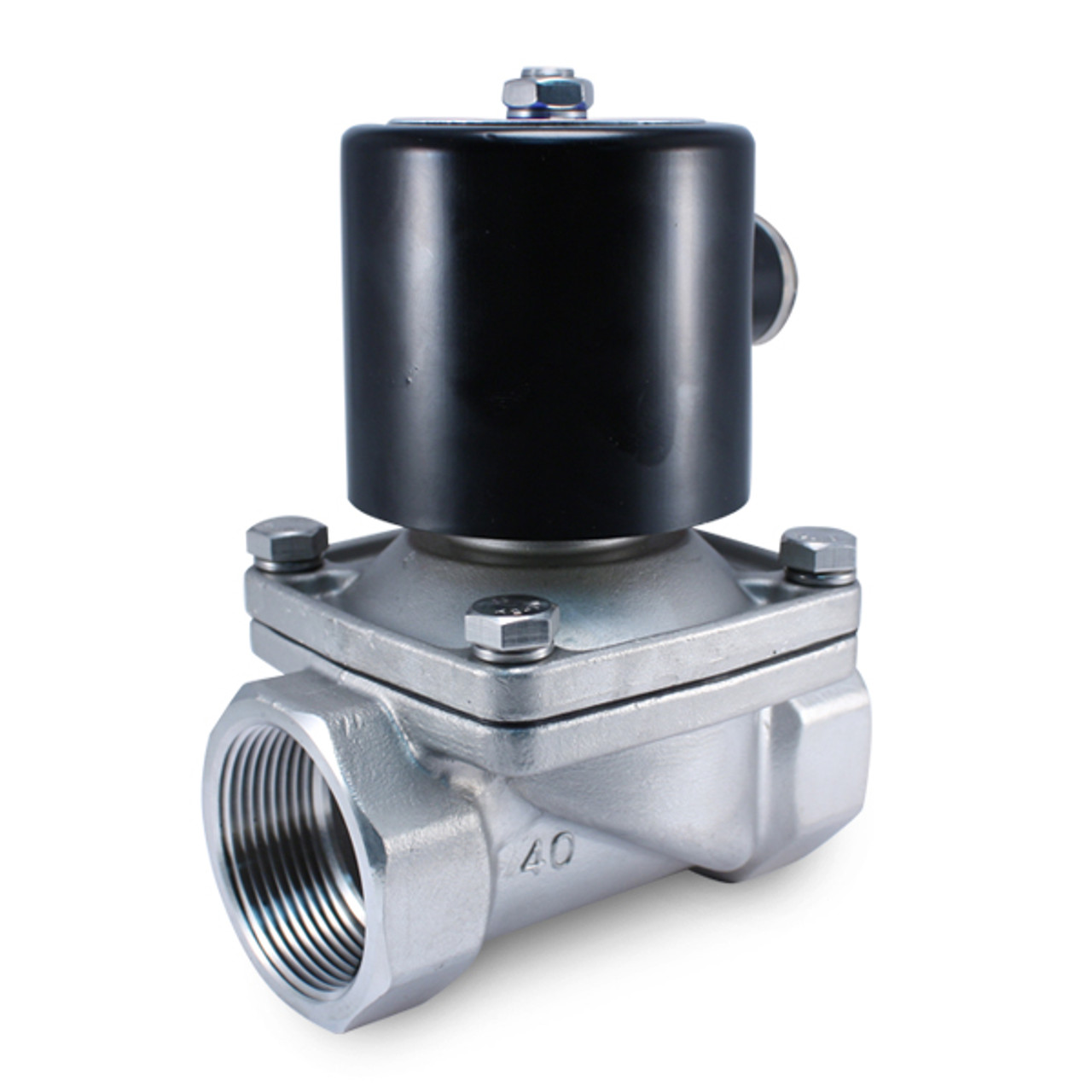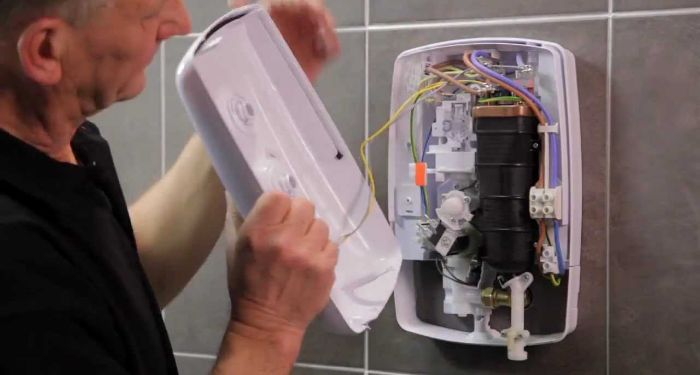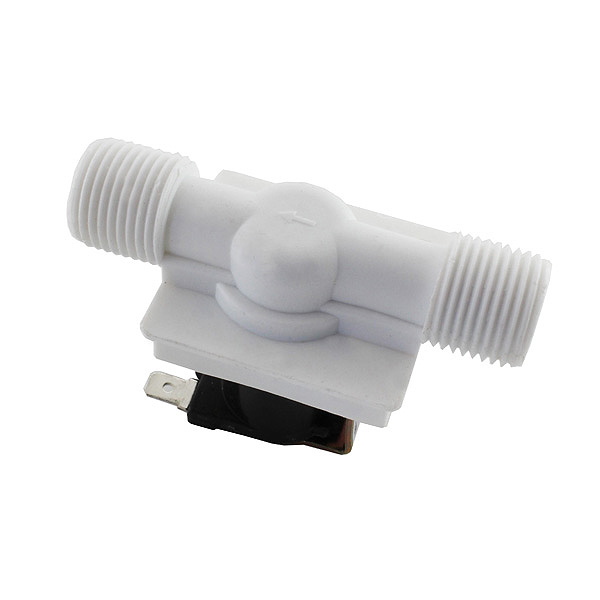

However, you will have to ensure your drive circuit has no failure mode that continually drives the solenoid from this higher voltage.

One way is using a switched supply/regulator in your drive circuit to produce a higher voltage.

So, once it's pulled in, you can reduce the solenoid drive voltage back to your 12 V to hold it in place. The solenoid will produce an increasingly strong magnetic field as the core is pulled in, as it gives the inductor an iron/steel former instead of an air former. You can drive the solenoid from a higher voltage than its rated 12 V to bring it in with greater force and therefore more abruptly.


 0 kommentar(er)
0 kommentar(er)
